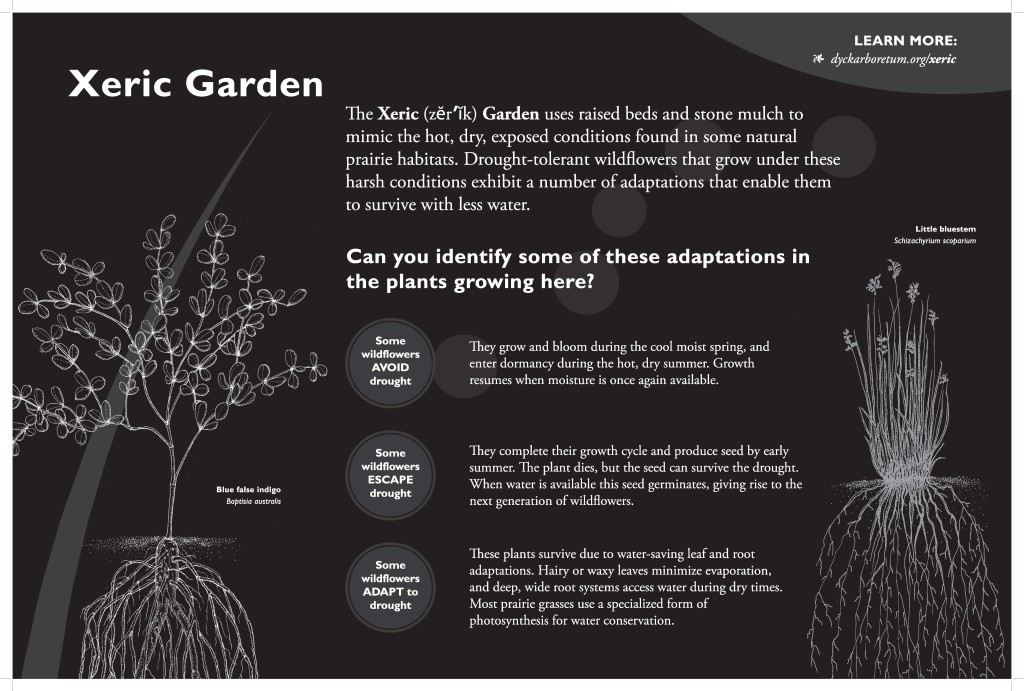As gardeners, we have many choices of plants to introduce into our landscapes. From trees, shrubs, annuals, and perennials (including grasses), the options seem to be endless. Here at the Arboretum, we gravitate toward perennials for a number of reasons.
What is a perennial?
Unlike annuals that germinate, flower, set seed, and die all in one season, perennials are typically cold-hardy plants that will return again and again each spring. If situated in the right place in your landscapes, perennials will thrive, and will bloom either in spring, summer, or fall.
In my mind, the benefits of planting perennials in your home garden are as follows:
Incredible Root Systems
It often takes perennials several years to develop a sustaining root system after being transplanted from a pot. These root systems compared to many annuals is much more extensive and much deeper. During periods of drought, these deeper roots feed nutrients and moisture to the plant. The deeper roots of grass are credited with developing the deep layers of top soil found in many states that now support farm crops. These roots also control erosion, sequester carbon, and break up tough compacted soil.
Diversity of Perennials to Establish in the Landscape
As I said earlier, there are so many different types and varieties of plants you can choose to establish in your display beds. A well-designed landscape with a variety of perennials will enhance the aesthetics and appeal of your property. With perennials that bloom at different seasons during the year and attractive grasses for fall and winter interest, you can create a diverse habitat for wildlife and pollinators, too. Keep in mind, the habitat you create is provides homes for insects and food for birds during the long, cold months of winter.
Do perennials require less maintenance?
The key to success with perennials such as native wildflowers and grasses is putting the right plant in the right place in the right way. Perennials will NOT require less maintenance if you are trying to grow something in your landscape that has no business being there. Learn as much about the plants you want to use before you put them in the ground.
Perennials typically last several seasons. You don’t need to plant every single year like you do with annuals. By planting them once, you save money and time. You will need to clear last year’s growth in February or March and occasionally divide some clumps of perennial grasses as they expand over time. Perennials are a cost-effective and sustainable choice for landscaping.
Perennial plants can be the anchors to a landscape. While trees and shrubs provide the backdrop, perennials provide the elements of habitat that pollinators and other wildlife seek. These permanent pieces of your garden puzzle add beauty year after year. They can be combined to add continuous blooms and interest throughout each growing season. As perennials come in and out of bloom, a diverse collection of wildlife and pollinators will discover your landscape. This is ultimately the real benefit of a perennial garden.
A note about annuals
When I think about annuals in the landscape I don’t think about petunias. I choose annuals on their ability to provide nectar for pollinators. Nectar-rich annuals need to be drought tolerant and self-seed, too. See this article about a mostly annual garden.



